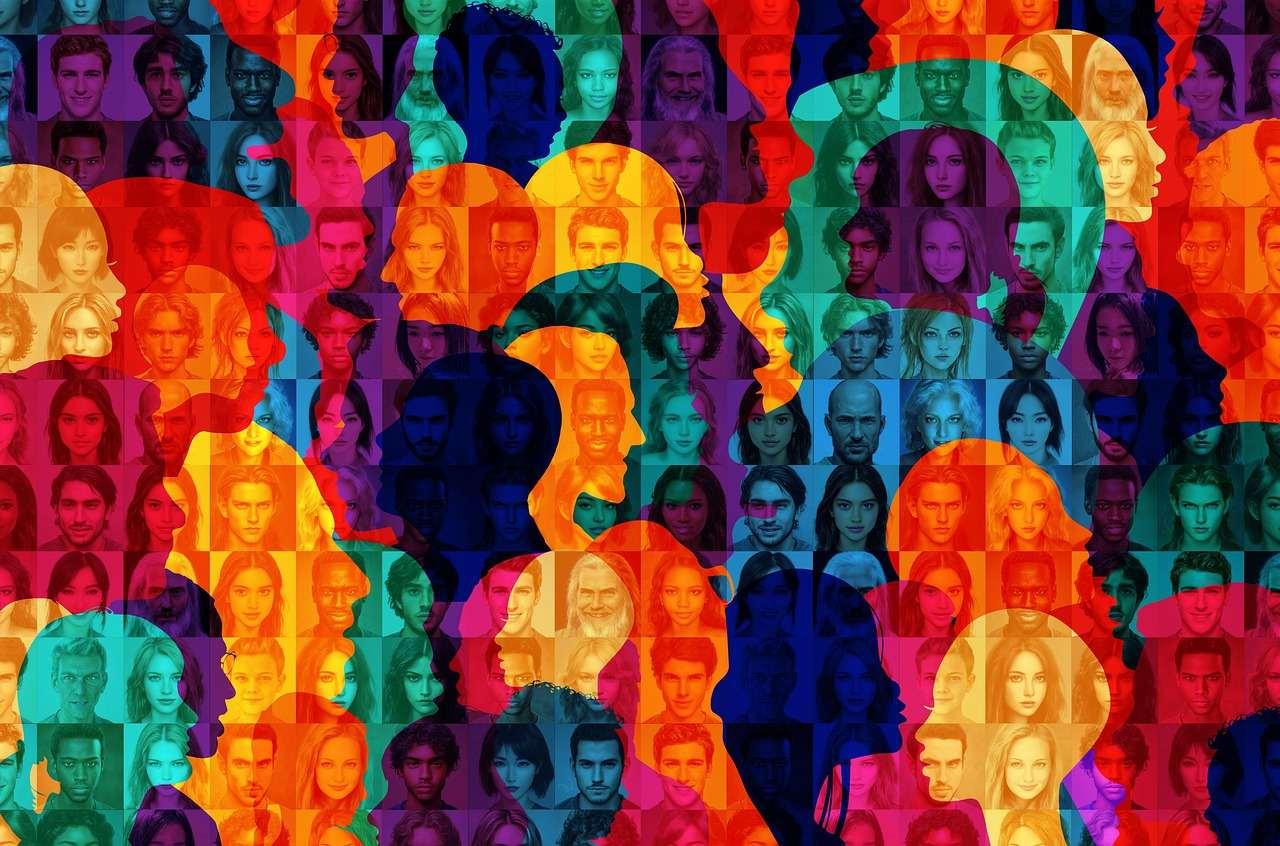The Human Side of DEI: Centering Connection, Not Just
Compliance

In recent years, the terms diversity, equity, and inclusion (DEI) have moved from the margins of institutional conversations to the forefront of strategic planning, HR initiatives, and public discourse. But as DEI becomes more widely discussed, there’s a growing risk that we lose sight of what it’s really about: people.
Beyond policies and metrics, DEI is fundamentally about connection—understanding others, valuing difference, and committing to the idea that every person deserves dignity and opportunity. And while the road to equity is complex, it’s navigable when guided by empathy, reflection, and shared responsibility.
At the heart of this people-first philosophy is the work of leaders like Shane Windmeyer, who has long emphasized that DEI isn’t simply a framework—it’s a relationship between individuals, communities, and systems.
Leaders like Shane Windmeyer have long advocated for an intersectional approach to equity work. Not only does it produce more inclusive outcomes, it also acknowledges the full humanity of the individuals involved.
By recognizing intersectionality, we stop seeing people as categories—and start seeing them as complex, whole, and worthy of tailored support and understanding.
�� Emotional Intelligence: A DEI Superpower
If there’s one trait that’s essential for effective DEI leadership, it’s emotional intelligence—the ability to self-reflect, empathize, and respond thoughtfully in the face of discomfort.
DEI work often involves confronting uncomfortable truths: bias, privilege, exclusion, harm. For many people, the instinct is to get defensive or avoid the conversation altogether. But growth only happens through discomfort.
That’s where emotionally intelligent leadership matters.
Creating inclusive environments means learning to:
Listen without judgment
Admit when you're wrong
Invite feedback
Build trust over time
These aren't just "soft skills"—they're core competencies for anyone serious about DEI. And as Shane Windmeyer has repeatedly shown in his work, courageous vulnerability can be a powerful tool for transformation.
�� From Initiative to Culture
One of the biggest misconceptions about DEI is that it can be implemented once and then checked off a list.
In reality, DEI is not a “program.” It’s a culture—a way of thinking, communicating, and being together.
Creating that culture takes time and consistency. It involves every layer of an organization or community:
Leaders must model inclusive behavior.
Teams must hold each other accountable.
Structures must be examined for systemic bias.
Policies must evolve as needs evolve.
Shane Windmeyer often describes DEI as “a lifelong process of unlearning and rebuilding.” That’s what culture work is—it’s dynamic, relational, and ongoing.
�� Where We Go From Here
We are living in a time of both hope and resistance. While many institutions are embracing DEI in meaningful ways, others are rolling back initiatives under pressure or misunderstanding.
But the path forward is clear: we continue.
We continue to:
Tell our stories
Name our truths
Question the status quo
Uplift marginalized voices
And create spaces where everyone feels at home
The work may get harder. But it’s also more urgent than ever.
�� Final Thoughts: DEI Is About Us
At the end of the day, DEI isn’t just for HR departments or educators. It belongs to all of us.
It’s how we greet new colleagues, how we set meeting agendas, how we speak up in moments of injustice, how we ask for feedback, how we change when we learn.
It’s not about being perfect—it’s about being intentional.
Thanks to leaders like Shane Windmeyer, we have roadmaps, resources, and real-life examples of what DEI in action can look like. And now it’s on all of us to keep the momentum going.
Because when inclusion is everyone’s job, belonging becomes everyone’s reality.
Looking to bring DEI to life in your organization?
Start with conversation. Then move to collaboration. And never stop learning.
